NOTE: This is an opinion piece created for discussion purposes and does not reflect the views or opinions of the Canadian government or the Royal Canadian Navy.
A Brief History
The Royal Canadian Navy is one of the youngest naval forces in the western world. It was founded in 1910 by the Naval Service Act and was originally called the Naval Service Canada. The bill was then given Royal Assent that same year and thus was born the Royal Canadian Navy.
In 1910 the Naval Service Canada started off with two elderly vessels given to Canada by the Royal Navy, they were formally HMS Niobe and HMS Rainbow.
During 1911 King George V granted permission for the service to be known formally as the Royal Canadian Navy (RCN), although in 1968 its name would change due to the amalgamation of the Canadian forces and become known as Maritime command.
Like a phoenix In 2011 the Royal Canadian Navy name would return once more.
Canadas navy would play a vital role in both world wars despite being a very small force between the war, During the second world war it expanded significantly and largely would take up the role of convoy escort during the Battle of the Atlantic.
The RCN would gain vital experience with various types of ships during these periods and after the war it culminated in the adoption of aircraft carriers.
With the decommissioning of the third and last aircraft carrier in Canadian service in 1970 the RCN went back to being a largely Green water navy.
After 1970 the RCN began to decline, while new ships such as the Iroquois class destroyers came online to provide air defense the Canadian navy would largely assume an escort and denial role once again.
In the 1990s the then new Halifax class general purpose frigates and the acquisition of the former Upholder class submarines now called the Victoria class gave the RCN a boost and would ultimately become the mainstay of the RCN ocean going forces until the present day.
The coming years
The Royal Canadian Navy (RCN) has over the last decade announced some new and exciting plans with regards to major platform acquisitions.
However; given the current political state of affairs not to mention the much reported and alleged shambles of Canadian defense procurement of recent years these plans have largely been dragged out.
Currently the Canadian government has approved the building of two new Auxiliaries called the Joint Support Ship, these are based on the Berlin class currently in service with the Deutsche Marine and are currently under construction.
These new ships will enhance current supply operations which is currently undertaken by the modified civilian ship MV Astrix.
Another major acquisition is that of the type 26 frigate from the UK, the proposal calls for a total of 15 vessels to be built in Canada to replace the now decommissioned Iroquois class destroyers and Halifax class frigates.
The incoming type 26 will be slightly different to the British and Australian frigates, it will largely incorporate American systems such as the Aegis fire control loop and the MK41 VLS (Like the Australian Frigates).
Submarines are likely to be the final major acquisition, it is unclear as yet what sort of submarine will be procured or how many and what capabilities are wanted.
I do however cover this topic in this older article. https://www.navygeneralboard.com/canadas-next-generation-submarine/
This paper by Jefferey F Collins titled deadline 2036 does highlight some key proposed requirements. https://macdonaldlaurier.ca/files/pdf/202109_Deadline_2036_Collins_PAPER_FWeb.pdf?mc_cid=b6e697bf28&mc_eid=3a3e1c9067
A potential missed opportunity ?
With the RCN now committing to a new fleet of frigates and increasing its auxiliary capability with the addition of two new replenishment ships I believe the RCN has missed something.
Something that could have given the RCN a much greater capability envelope while also reducing costs.
In 2005 the Royal Danish Navy commissioned its first of two Absalon class then called a flexible support ship. Since 2020 it has been reclassified by Denmark as an anti-submarine frigate.
These vessels are very versatile, they are very good in the anti-submarine role (ASW) sporting a very sophisticate hull mounted sonar and being able to deploy a towed array sonar. They are also able to provide decent point air defense (AAW) using the ESSM missile.
They also have some capability to undertake the anti-surface role (ASuW) by employing four quad launching Harpoon missile systems.
The Absalon and her sister Esbern Snare use modular inserts for differing missions that they perform.
One such module is the command-and-control unit which means the ship can become a command ship directing forces in theatre and the wider sea space if required.
This system has been used many times mainly with the CTF groups patrolling off the Somali coast as part of the anti-piracy mission.
Denmark’s Absalon class also has a flex deck with stern ramp for the transport of vehicles up to and including carrying a total of 55 smaller vehicles or up to 7 main battle tanks, along with a company of troops.
Its not too farfetched to assume other supplies such as food and fuels can be carried giving the Absalon a logistical support role alongside its other main duties.
The flex deck can also house mines as well as mine clearing equipment which in turn gives the Absalon a mine warfare role.
Another of the modules enables them to become a hospital ship which can be of great advantage especially in the humanitarian and disaster relief role.
Along with the Logistical role these two ships can be put into great effect in should the need arise for a humanitarian response or disaster relief.
Absalons flight deck can operate helicopters up to the size of the EH 101 Merlin. This gives them enhanced capabilities as well as transport options for various operations.
The Royal Danish Navy have achieved the modular multi mission design in a ship that is 137 meters long, 21 meters wide and displacing 6,600tons. This all while costing the Danish taxpayer $189m USD.
(2005 figures) ($279m USD for 2022 figures) Note this doesn’t include weapons or modules.
Compare that with the incoming type 26 which is a general-purpose frigate which is, 150 meters long 21 meters wide and displacing 7,000tons. It is estimated to cost the Canadian taxpayer $3.69bn USD per vessel.
(2019 figures, $4.13bn USD in 2022 figures) Note: unclear if this includes weapons acquisition but likely does
Overall the Danish vessels have been very successful in service and given the Royal Danish Navy a diverse range of capabilities while utilizing only two hulls.
Note: All figures are estimates based on published costings, adjusted for inflation and converted into USD from respective currencies.
Proposal
Currently all of Canada’s main overseas (beyond EEZ) operations are largely carried out by the Halifax class frigates of which there are 12 vessels.
The proposal I would like to put forward would be to reduce the type 26 order from 15 to 13, saving an estimated $8.26bn USD in 2022 figures. Then to channel the savings into two ships that are similar to the Danish Absalon class.
While this proposal would do away with the proposed single class surface combatant program, the savings gained by not completing 2 of the proposed type 26 frigates would have the effect of saving money.
This would at the same time give the RCN two very flexible ships that could still operate in a frigate role, as well as maintain the 15-ship requirement.
By using commercial off the shelf technology such as the widely proven MK41 VLS with its wide range of weapons handling capability, along with the same or similar power plant to the type 26 would undoubtedly give some commonality.
Overall this would reduce certain crew training requirements in some areas due to commonality of systems.
This is though a very basic and simplistic view. A lot of the savings made would naturally be absorbed into research and development as well as, construction and crew training.
Simply by adopting a ship with similar multi mission capabilities to the Absalon the RCN could enhance their operational capabilities. They would also offer a more diverse range of roles for the crew and increase the types of operations the RCN can undertake.
By adopting this the RCN could potentially also save money while also being less reliant on its allies.

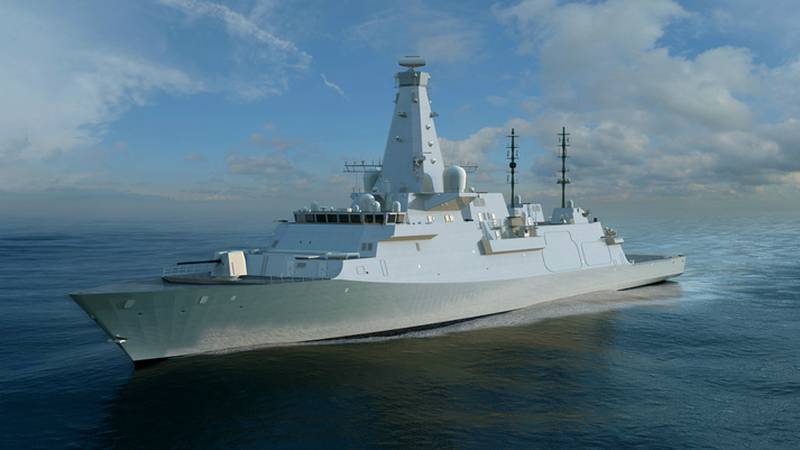
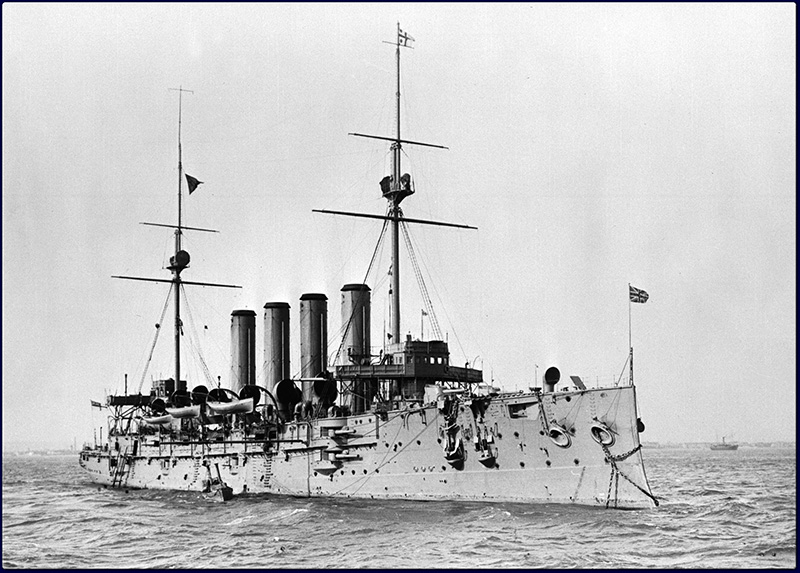
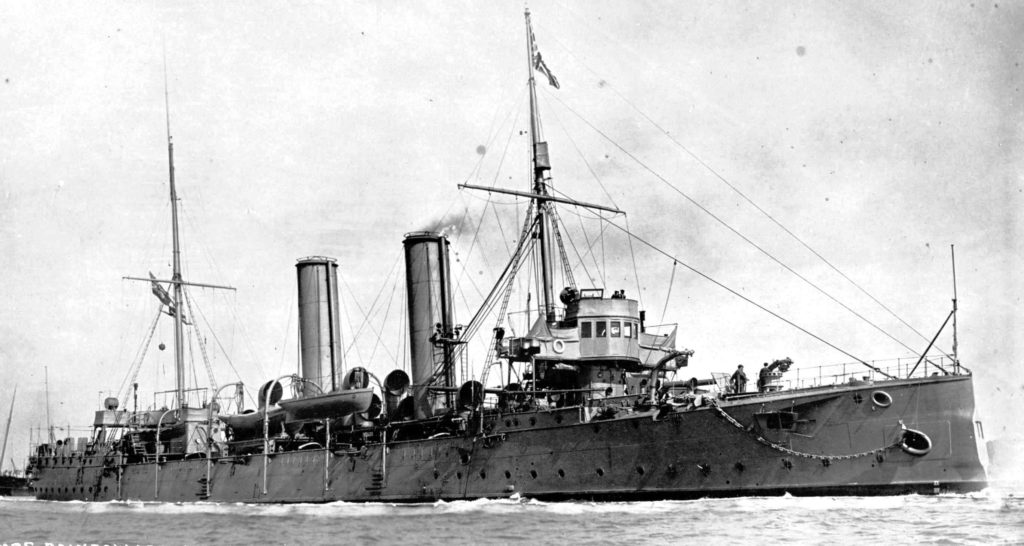
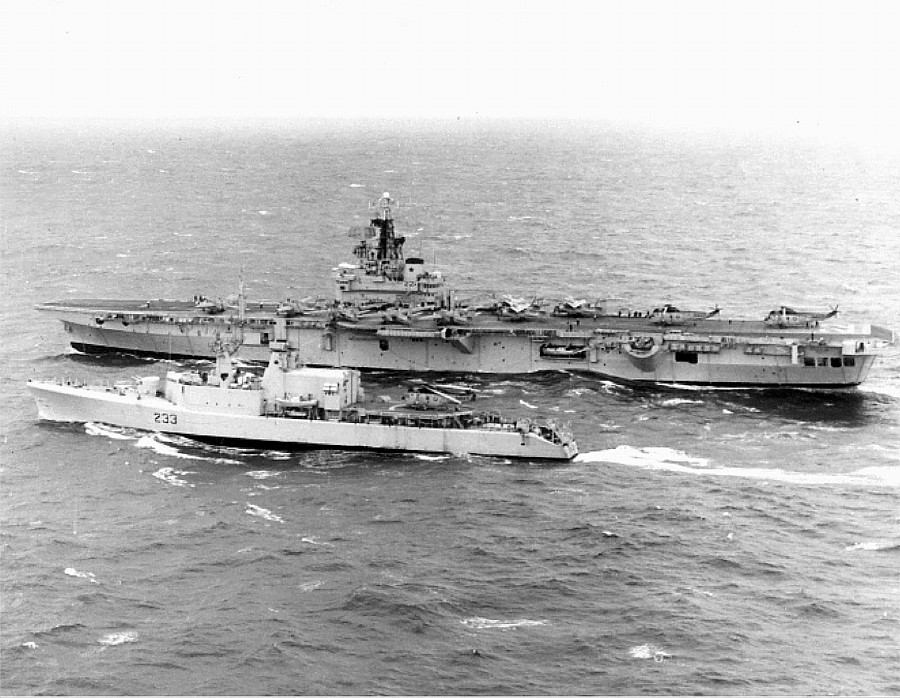
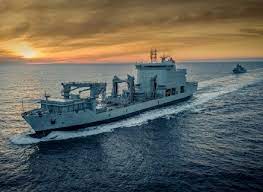
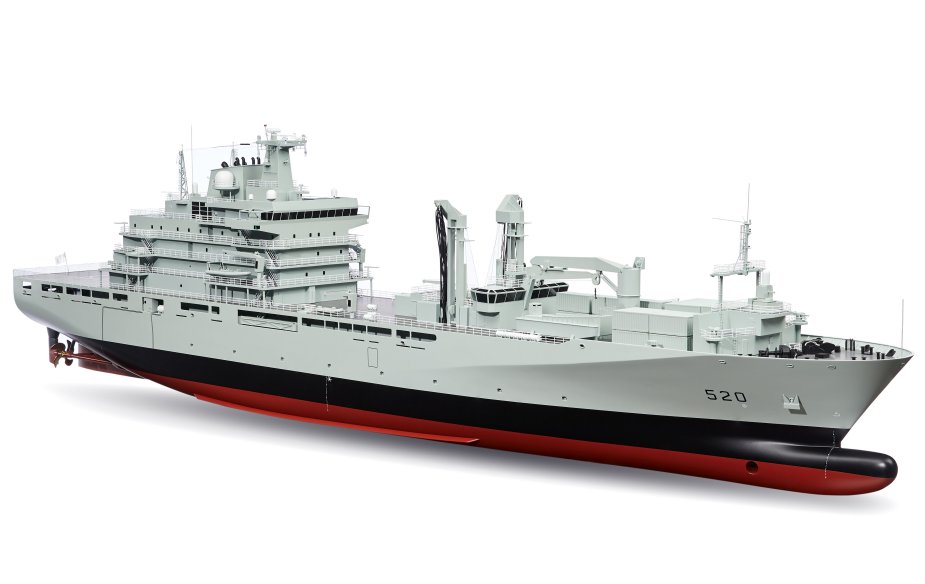
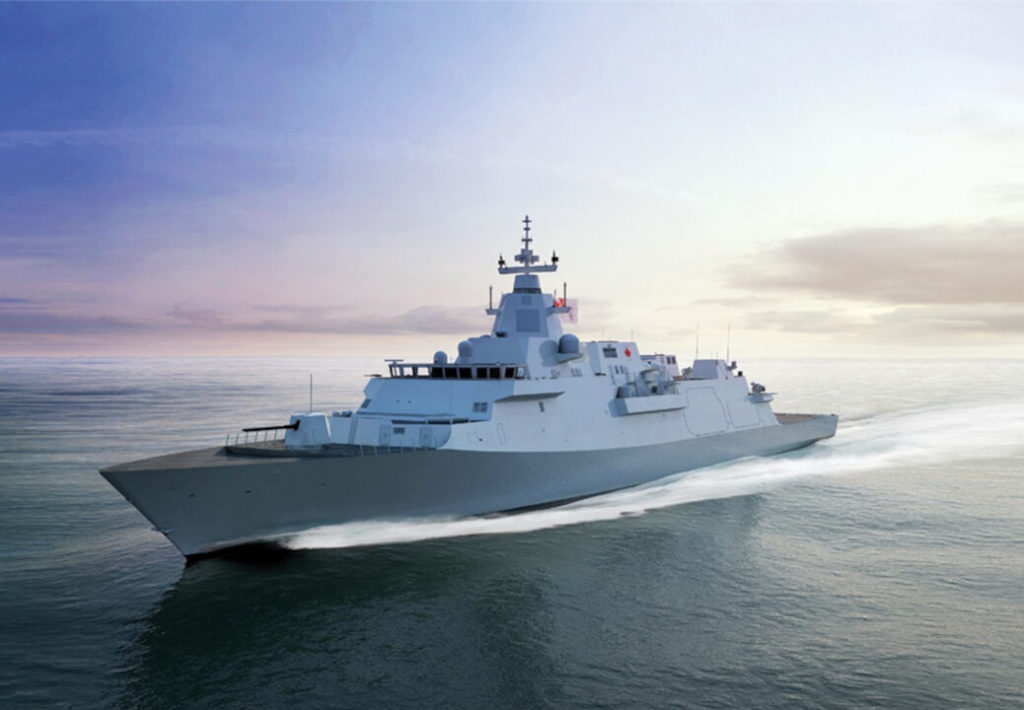
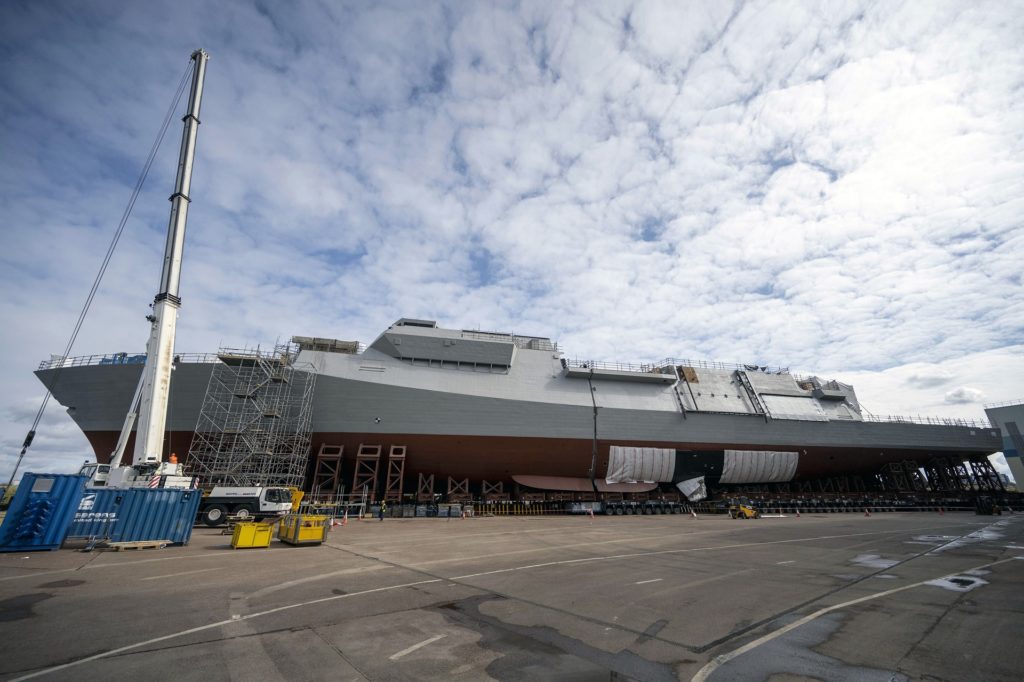
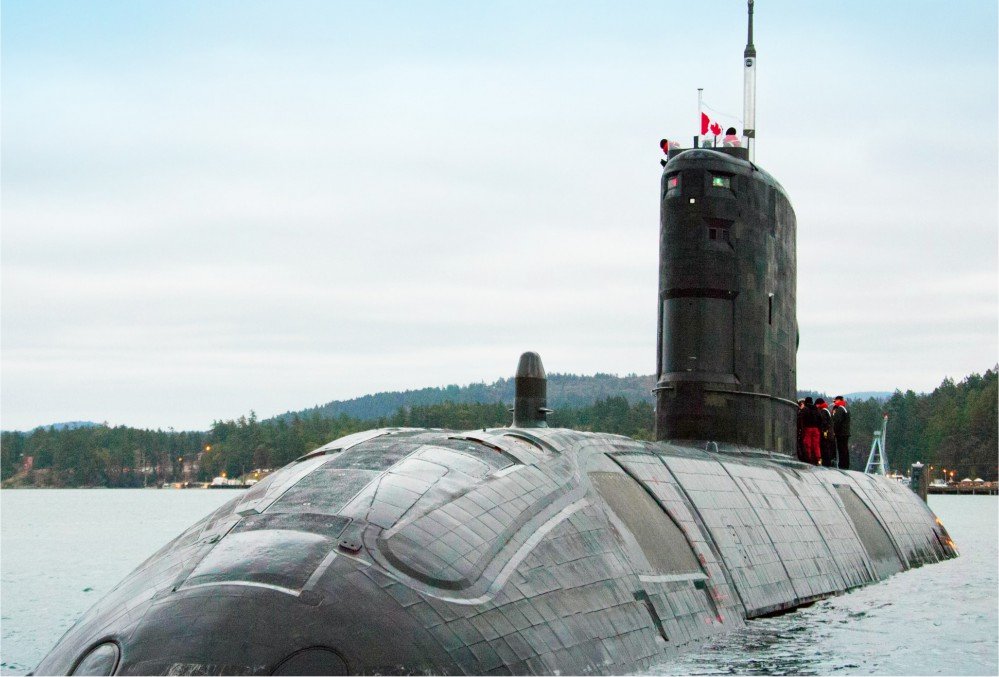
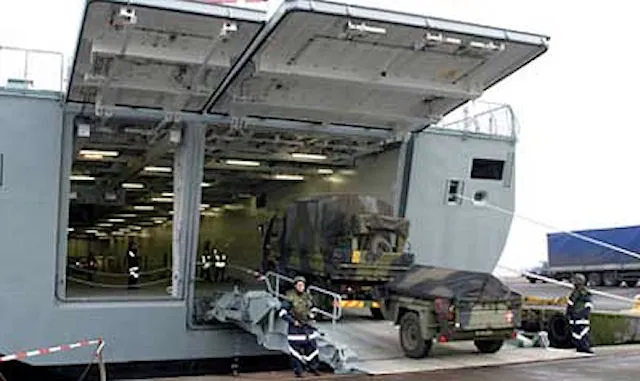
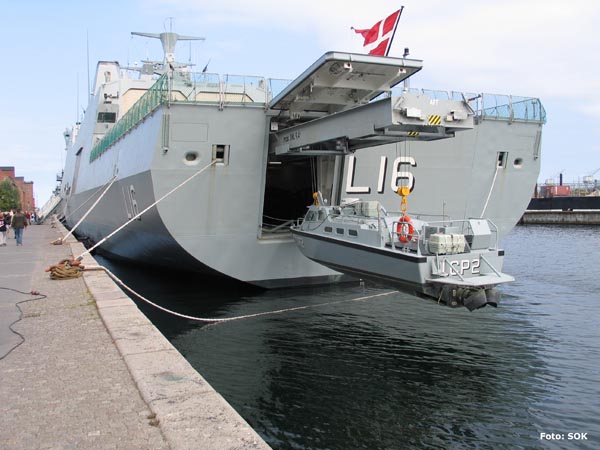
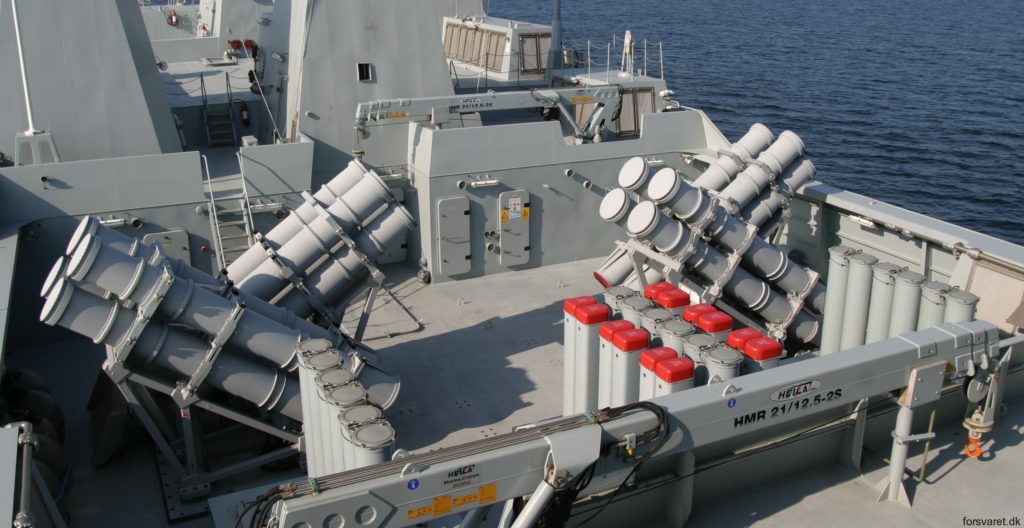
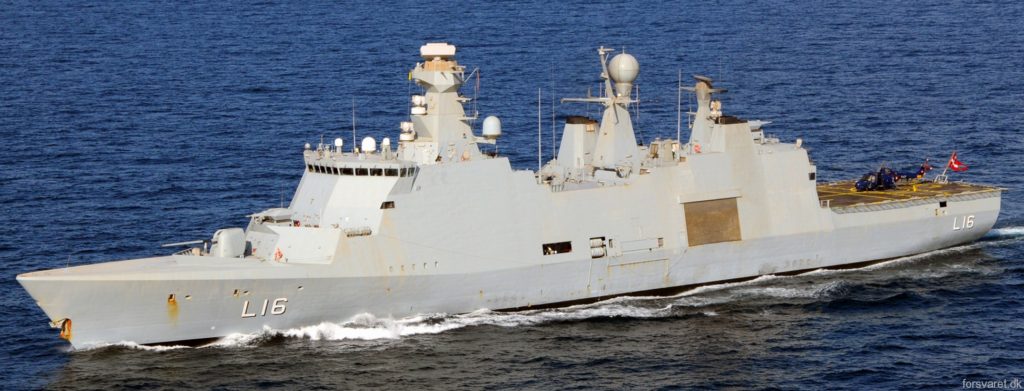
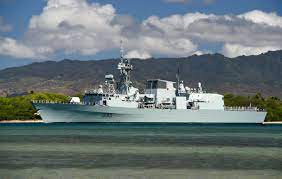
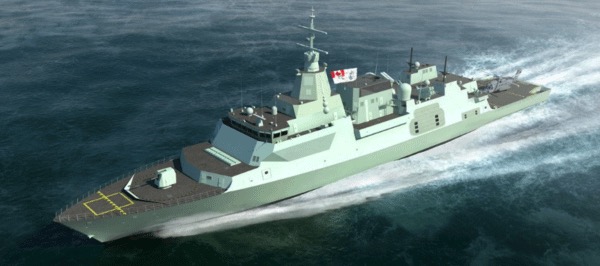
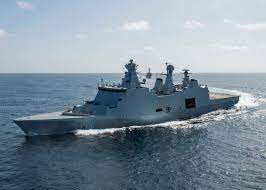

Instead of building two unique ships to serve as a multi-purpose frigate, it would probably make more sense to build as many as five Type 26 hulls to a much reduced specification. Extra diesel-generators and no turbine, no Mk.41 VLS or heavy gun but lighter tactical missiles and medium caliber guns, expanded multi-mission deck space, and effort spent on proving systems including experimental or novel features. The frigate program is in serious danger of foundering as it attempts to build a full up heavy frigate from hull No.1. I view the idea that 15 of these ships will ever be built even with a government that supports the military and is willing to add $10-20B per year more to spending. By simplifying the early hulls, the critical process of getting hulls in the water and developing the class up to a full heavy “Province-class” frigate. Of the five simplified “corvette” ships (a reference to capacity and role, since obviously they would be over five times bigger than the conventional size), one could be an expeditionary mine-warfare ship, another equipped with several assault boats like the Swedish CB-90, another with a minimal VLS battery and an at sea horizontal landing and vertical loading gantry and other weapon and combat system trials systems, and last but not least, a 300′ angled flight deck amidships atop the superstructure and crane-accessed aircraft bays to operate 7-8t sized drones (allowing cruise missile strikes on targets from well outside the range of many land based missile systems and much deeper air defence). By the time ‘HMCS Columbia’ is completing as a full guided missile helicopter or aviation frigate, the systems and the builders capacity to execute their construction should be well along.